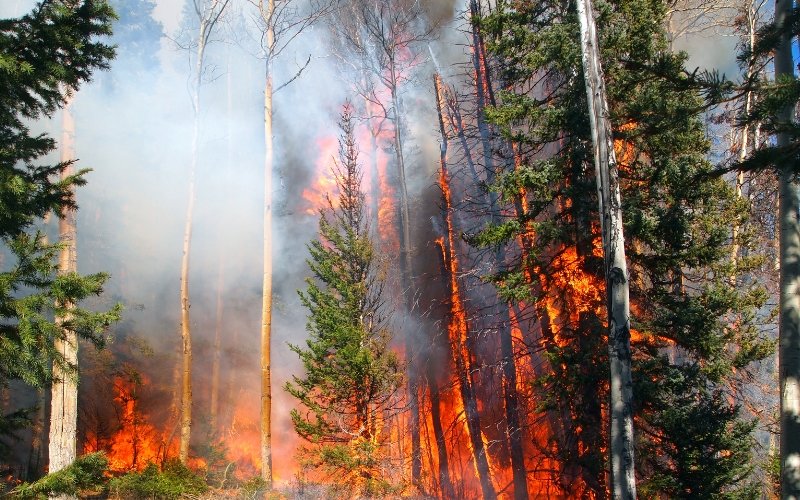Building Wildfire Resiliency on the Sonoma Coast
If you live in Sonoma County, you must recall the Sonoma Complex Fire in October 2017, a devastating calamity that killed 24 people and destroyed 6,997 structures, including 5,300 homes. This was one of the worst firestorms Sonoma County has ever seen, with total direct losses from the fires exceeding $7.8 billion. In total, the Nuns, Tubbs, and Pocket Fires, together comprising the Sonoma Complex Fire, burned over 87,700 acres of Sonoma County’s lands. Then there was the Kincade Fire in 2019, which burned 77,758 acres in Sonoma County and led to widespread evacuations, followed by the LNU Complex (Walbridge) Fires of 2020.
Due to climate change and other contributing factors, California wildfires are only growing in severity, and the wildfire season persists for longer. As of August 6, a total of 4,886 wildfires have burned a cumulative of 791,432 acres. Year-to-date, the number of wildfires and the number of acres burned are higher than the five-year average. For this reason, The Wildlands Conservancy welcomes innovative approaches to forest management to bolster wildfire resiliency at our preserves in Sonoma County and throughout the state.
Since acquiring Jenner Headlands Preserve from Sonoma Land Trust in 2009, Wildlands has been steadily advancing the progress of wildfire resiliency on the preserve and in surrounding communities, sharing lessons learned along the way with the community by hosting educational workshops. Most recently, with grant support from the State Coastal Conservancy, our Sonoma Coast team has been working to implement a new California Vegetation Treatment Program developed by the Board of Forestry and Fire Protection, which allows for landscape-scale prescriptive treatments beneficial to the ecology while improving safety for local residents.
The California Vegetation Treatment Program (CalVTP) is a critical component of the state’s multi-faceted strategy to address California’s wildfire crisis. The CalVTP includes the use of prescribed burning, mechanical and manual treatments, and other tools to reduce hazardous vegetation to construct fuel breaks and to promote ecological restoration. In executing the CalVTP plan at Jenner Headlands Preserve, our team will significantly expand the shaded fuel break, totalling more than 240 acres once complete. Preceding this critical work, Wildlands is conducting archeology, botany, and biological surveys to help guide shaded fuel break expansion projects beginning this fall.
The Wildlands Conservancy is on a mission to protect Earth’s beauty and biodiversity for generations to come. We are grateful to our partners in supporting our mission in Sonoma County and beyond as we work to build wildfire resiliency, not only for the landscapes that we know and love but for the people and communities that surround them.
To learn more about forest health and fire resiliency at Jenner Headlands Preserve, check out this live webinar recording.
Hosted by Cal Poly in partnership with Sonoma County Regional Parks, Point Blue Conservation Science, Coast Ridge Forest Council, Sonoma County Agricultural Preservation and Open Space District, CAL FIRE, and the CA State Coastal Conservancy, Wildlands Sonoma Coast team shares lessons learned at Jenner Headlands Preserve with the community.

